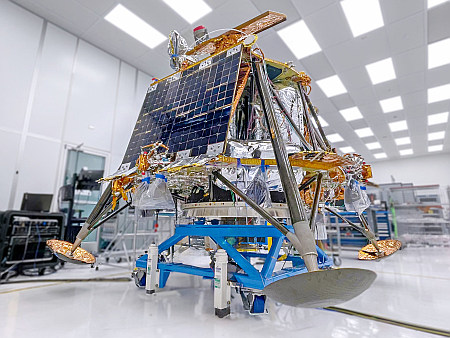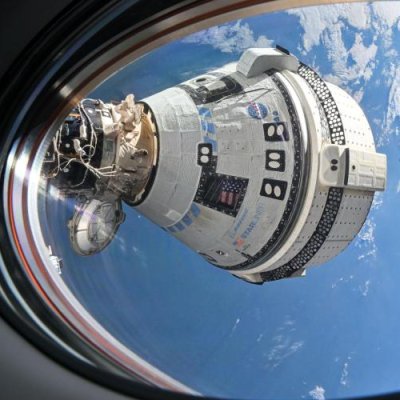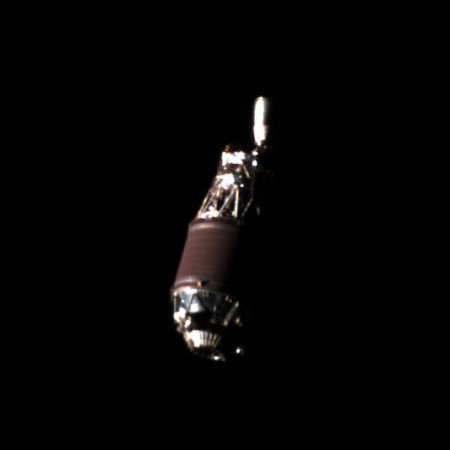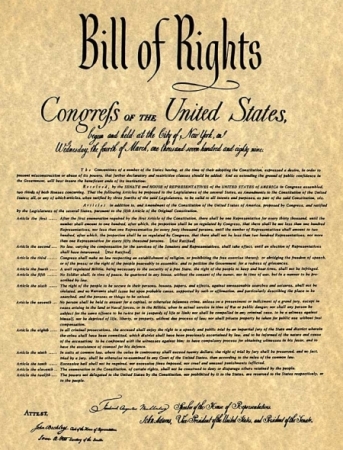
Fight! Fight! Fight! In the past two months it has become very clear that if Americans are willing to stand up to the left and its Marxist bigoted agenda, Americans will win.
Since late June, five different university systems have shut down their Diversity, Equity, and Inclusion offices. Each is listed below, in chronological order:
And this list does not include the University of Florida, which in March shut down its own DEI office because the state legislature not only banned such offices, it cut the budgets of them.
Though it is true these states are all solidly conservative with legislatures largely controlled by Republicans, this fact on its face proves that voting can make a difference, with Florida the biggest proof. Unlike the other states, Florida had for decades been a swing state between the Democrats and Republicans. Voters however changed that in the past decade, so that today the state legisilature is solidly Republican. The result has been a definitive policy shift acting to eliminate these racist Marxist programs from state-financed universities.
There is no reason similar changes cannot be forced in other battleground states. Nor should we consider it impossible in the coastal states (California, Oregon, Washington, New York, Massachusetts, etc) where Democrats maintain full control. DEI concepts are inherently racist and divisive, and serve only to encourage anger, resentment, and hate across all ethnic groups. Ordinary voters recognize this routinely, when they make the effort to look.
Nor are things changing solely in the unversities because of the willingness of voters to force change. The boycott of Bud Light because of its endorsement of the queer agenda last year is having profound impact on corporate culture. In just the last few months a number of major companies have announced the elimination of their own DEI departments and programs, also listed below in chronological order:
The first three stories are from NPR and CNN, which explains the effort of the headlines to blame the evil “pouncing” of conservatives for this action (thus also implying that conservatives are bigots) . In truth, what these leftist news outlets refuse to recognize is that DEI programs are bigoted by their very nature, designed to favor some races over others merely because of skin color. These programs thus violate numerous civil rights laws, not to mention basic human morality and fair treatment. In addition, it appears the customers of all these companies, not simply conservatives, made it clear they would stop buying these products if company management did not take action to shut down these DEI policies.
Faced with a public backlash and the real threat of lawsuits and legal action against them, these companies are now recognizing that it makes no sense legally, financially, and morally to promote such things.

Trump defiant
Increasingly, Americans are no longer willing to make believe that DEI and Marxism has a rightful place on the intellectual landscape. These ideas are garbage and downright evil, and it is a great tragedy that American academia allowed them to flourish on campuses for the past half century. The public is now beginning to make it clear that such ideas need to be sent to the ash heap of history, and legislators, academic administrations, and corporate managements are being forced to listen.
The trend is very obvious. If people actually pay attention and make it clear they will no longer tolerate the imposition of these bigoted leftist policies, those policies can be canceled and eliminated. One simply has to have the courage to fight, as Donald Trump said with such defiance immediately after getting shot.











